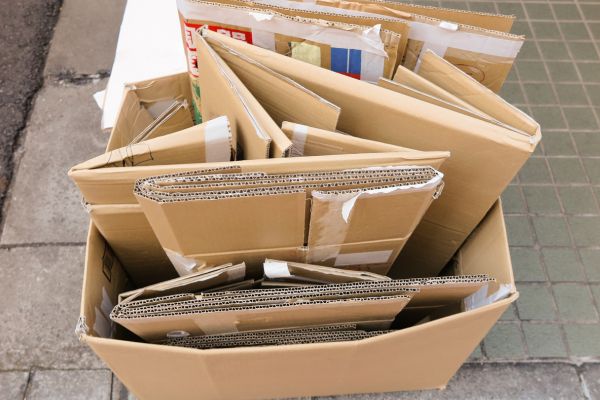In today’s world, recycling has become an essential part of our daily lives, helping to reduce waste and protect the environment. Among the most commonly recycled materials is cardboard, which can be found in various forms, from shipping boxes to cereal boxes and packaging materials. Recycling cardboard boxes at home not only helps to conserve valuable resources but also reduces landfill waste. In fact, by recycling one ton of cardboard, you can save 12 to 17 trees. In this article, I will guide you through the simple steps on how to recycle cardboard at home effectively.
Why Recycle Cardboard?
Before diving into the recycling process, it’s essential to understand the importance of recycling cardboard. Cardboard is made from paper pulp, which comes from trees. By recycling cardboard, we can reduce the demand for new raw materials, conserve energy, and lower greenhouse gas emissions associated with paper production. In fact, recycling one tonne of cardboard would save 17 trees and 7000 gallons of water.
Additionally, recycling cardboard helps to divert significant amounts of waste from landfills, contributing to a cleaner and healthier environment for everyone. Cardboard boxes are the most recycled packaging material in the U.S., with a recycling rate of almost 93% in 2022.
How To Recycle Cardboard At Home
Step 1 is preparing the cardboard for recycling:
- Remove Contaminants: Before recycling cardboard boxes, empty your boxes and make sure to remove any contaminants such as plastic wrap, tape, or stickers. These materials can interfere with the recycling process and reduce the quality of the recycled cardboard. If the box is filled with polystyrene or packing peanuts, there are a few options.
- You can save these to reuse when you send something through the post another time.
- Look for a local polystyrene/styrofoam recycler
- Check if the packing peanuts are biodegradable and, therefore, dissolve in water.
- Flatten the Boxes: Flatten the cardboard boxes to save space and make them easier to transport. This step also helps recycling facilities process the cardboard more efficiently.
Recycling Methods Available
- Reuse and Repurpose: Before recycling, consider reusing cardboard boxes for storage, shipping, or crafts. Repurposing cardboard extends its lifespan and reduces the need for new materials. You might offer the boxes to people in your community via your local Buy Nothing Group, there are people asking for packing boxes all the time in my local area.
- Curbside Recycling: Many local municipalities offer curbside recycling programs that accept cardboard. Check with your local recycling guidelines to determine the specific requirements for cardboard recycling in your area.
- Drop-Off Centers: If curbside recycling is not available in your area, consider taking your flattened cardboard boxes to a nearby recycling drop-off center. These facilities often accept a wide range of recyclable materials, including cardboard.
Tips for Effective Recycling
- Check Local Guidelines: Always check your local recycling guidelines to ensure you are following the correct procedures for cardboard recycling.
- Reduce and Reuse: Whenever possible, try to reduce the amount of cardboard you use and reuse cardboard boxes for different purposes before recycling.
- Educate Others: Spread awareness about the importance of cardboard recycling among your friends, family, and community to encourage sustainable practices.
What happens to your recycled cardboard?
Recycled cardboard is a versatile material that finds its way into a variety of new products after the recycling process.
One of the most common uses for recycled cardboard is to produce new cardboard boxes and packaging materials. But it might also be transformed into paper products such as newspapers, magazines, and writing paper. Beyond paper-based products, recycled cardboard is also used in the manufacturing of insulation materials, egg cartons, and even some types of furniture. The ability to repurpose recycled cardboard into a wide range of products highlights its value and the importance of recycling it properly.
Recycling cardboard boxes at home is a simple yet effective way to contribute to environmental conservation and waste reduction. By learning how to recycle cardboard at home, you can ensure that your cardboard boxes are recycled properly, reducing the need for new raw materials and minimizing environmental impact. So, the next time you receive a cardboard box, remember to flatten, separate, and recycle it responsibly.
How will you incorporate cardboard recycling into your daily routine to make sure we keep recycling rates are high?














